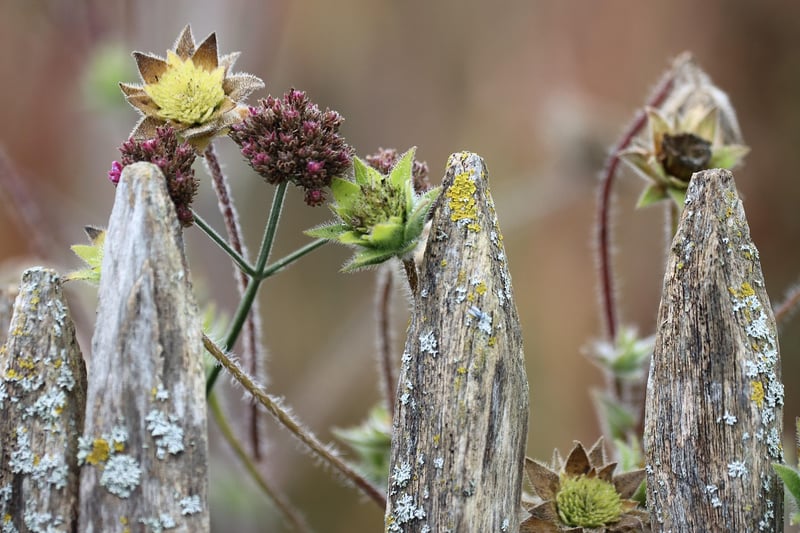Pruning Techniques
#Indoor Gardening
#Outdoor Plants
#Plant Health
Tips for Maintaining Healthy Plants and Pruning Techniques
Maintaining Healthy Plants
Having healthy plants not only enhances the beauty of your garden but also promotes a positive environment. Here are some essential tips to keep your plants thriving:
- Proper Watering: Ensure your plants receive adequate water, but be cautious not to overwater as it can lead to root rot.
- Good Soil: Use quality soil that is well-draining and rich in nutrients to support plant growth.
- Sunlight: Place your plants in areas where they can receive the appropriate amount of sunlight based on their specific needs.
- Fertilization: Feed your plants with suitable fertilizers to provide essential nutrients for their development.
- Pest Control: Regularly inspect your plants for pests and take necessary measures to prevent infestations.
- Weeding: Remove weeds that compete with your plants for resources and space.
Pruning Techniques
Pruning is a crucial practice to maintain plant health, shape, and encourage new growth. Here are some pruning techniques to help you achieve optimal plant care:
- Deadheading: Remove spent flowers to promote new blooms and prevent seed production.
- Thinning: Eliminate excess branches to improve air circulation and light penetration within the plant.
- Heading Back: Cut back overgrown branches to control the size and shape of the plant.
- Crown Pruning: Trim the top of the plant to encourage lateral growth and a fuller appearance.
- Cleaning: Remove dead or diseased branches to prevent the spread of pathogens.
- Timing: Understand the appropriate time to prune specific plants to avoid interfering with their growth cycles.
By following these tips for maintaining healthy plants and utilizing proper pruning techniques, you can ensure your garden remains vibrant and flourishing throughout the seasons.


